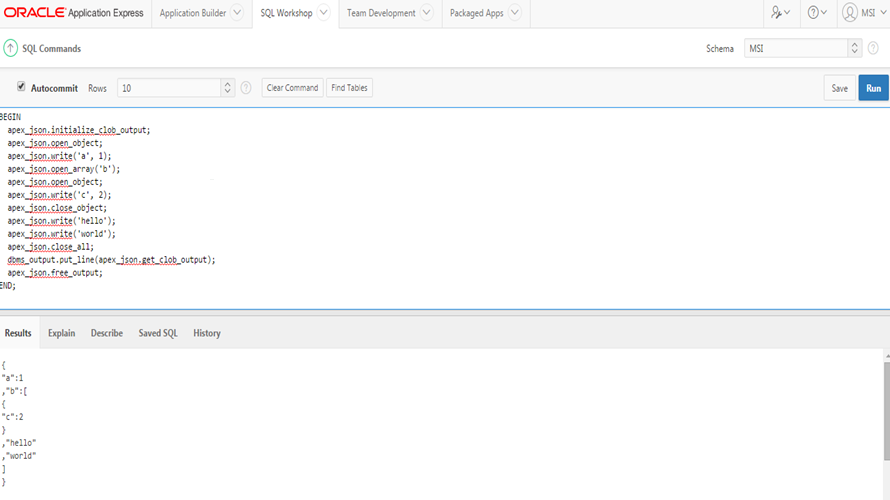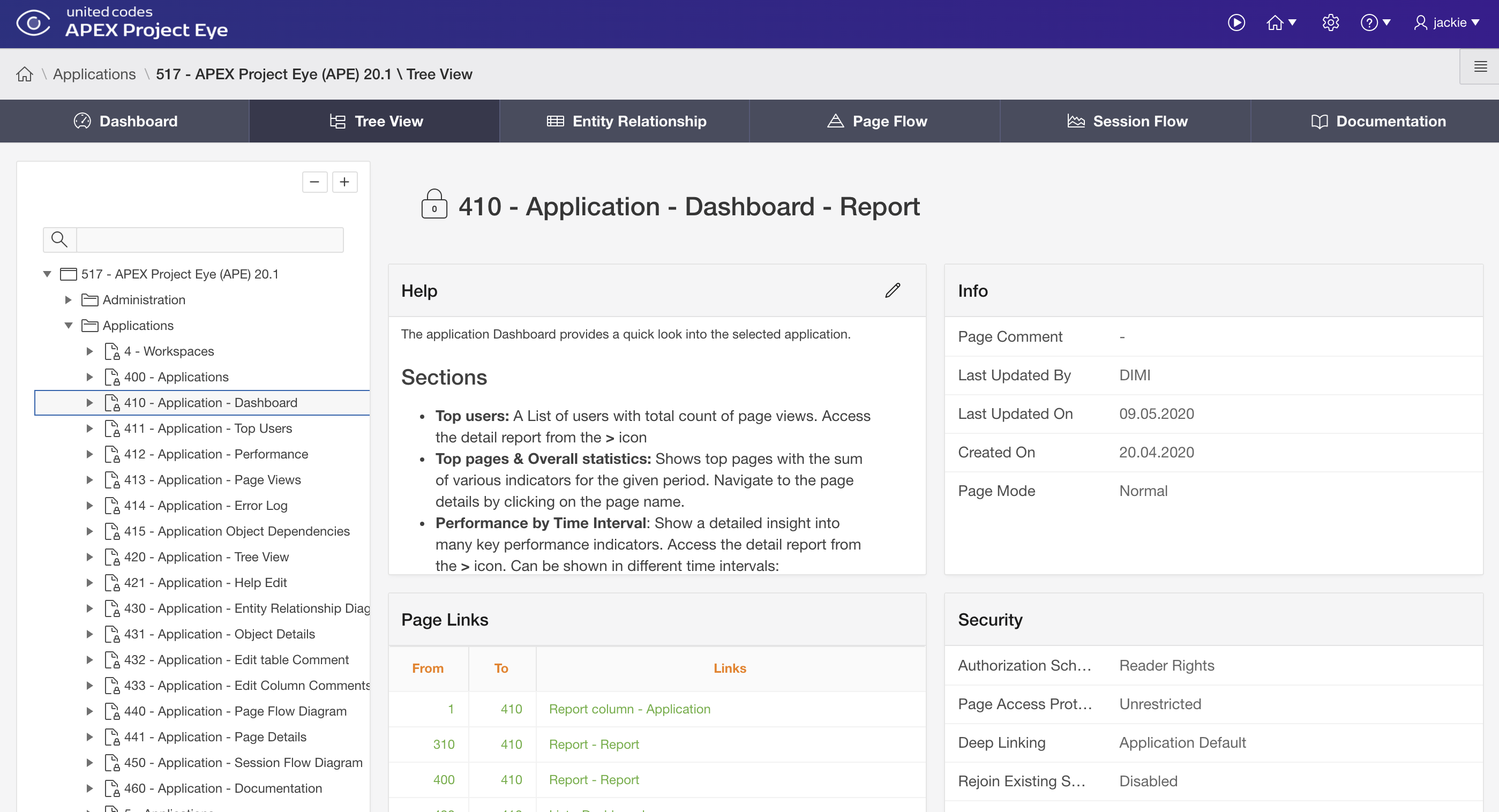

View details can be queried from within the data dictionary, by using ALL_VIEWS, USER_VIEWS, or DBA_VIEWS. The benefits of using views include reducing the complexity of SQL statements, hiding the NAME and OWNER of the base table, and only sharing specific table rows with other users. Views are useful for several purposes, including information hiding and security, but they can be problematic if they’re nested too deeply. It can be helpful to think of a view as a virtual table, or as the process of mapping data from one or more tables. Views are simply stored queries that can be executed when needed, but they don’t store data. This article will outline the basics of Oracle view performance tuning and explain how SolarWinds ® Database Performance Analyzer (DPA) can be used to speed up Oracle view performance.Īn Oracle view is a validated and named SQL query stored in the Oracle Database’s data dictionary. If you run the page you will get the output as shown in the below.Understanding the difference between a standard SQL query and an Oracle view is an important aspect of performance tuning. Now I have created a region and mention type is ‘Interactive Report’. We can use this SQL query in our PL/SQL programs, in reports such as Interactive reports, interactive grid, etc. WHERE collection_name = ‘EMPLOYEE_COLLECTION’ In the execution option we should select “Before Regions” point as shown in the below picture.
#ORACLE APEX SQL CREATE VIEW CODE#
I have added the above code in a process in oracle apex. IF NOT apex_llection_exists (‘EMPLOYEE_COLLECTION’)Īpex_collection.create_collection (‘EMPLOYEE_COLLECTION’) Īpex_uncate_collection (‘EMPLOYEE_COLLECTION’) Īpex_collection.add_member (p_collection_name => ‘EMPLOYEE_COLLECTION’,

We will populate the collection EMPLOYEE_COLLECTION from the EMP table using the cursor in the below Example.

The above PL/SQL code will add a row to the collection EMPLOYEE_COLLECTION, with three columns p_c001 as EMP_NO, p_c002 as EMP_NAME, and p_c003 as EMP_SAL. P_collection_name => ‘EMPLOYEE_COLLECTION’, Use apex_collection.add_member to add a data row in it. The above PL/SQL code will check if the collection EMPLOYEE_COLLECTION already exists, if not, then it will create a collection, and if it exists, then it will truncate the collection. Use the apex_uncate_collection method to delete all the data from a particular collection.Īpex_uncate_collection(‘EMPLOYEE_COLLECTION’) If a collection already exists and you want to make it empty so that you can add the new data. The above PL/SQL command will create a collection named EMPLOYEE_COLLECTION. If not apex_llection_exists(‘EMPLOYEE_COLLECTION’) then Use the apex_llection_exists method to check whether a collection exists already.

Check if a collection already existsīefore creating a collection, make sure it does not exists already. The above example is used to create a collection. Collections in Oracle Apex are the temporary storage for the current session, in which you can add the data, access the data, and can do other lots of things.Īpex_collection.create_collection(‘EMPLOYEE_COLLECTION’) Use apex_collection.create_collection method to create a collection. Step1: Populate it with data using PL/SQL. Step1: Check if a collection already exists. Apex are the temporary storage for the current session, in which you can add the data, access the data, and can do other lots of things. We can use the Apex Collection in our PL/SQL programs, in reports such as Interactive reports, interactive grid, etc. The following technology has been used to achieve this in oracle apex. Each member has a sequence number and each collection must have a unique name. Apex Collections (APEX_COLLECTION) is a package that comes with Oracle Apex and is one of the most important features that comes with Oracle APEX.


 0 kommentar(er)
0 kommentar(er)
